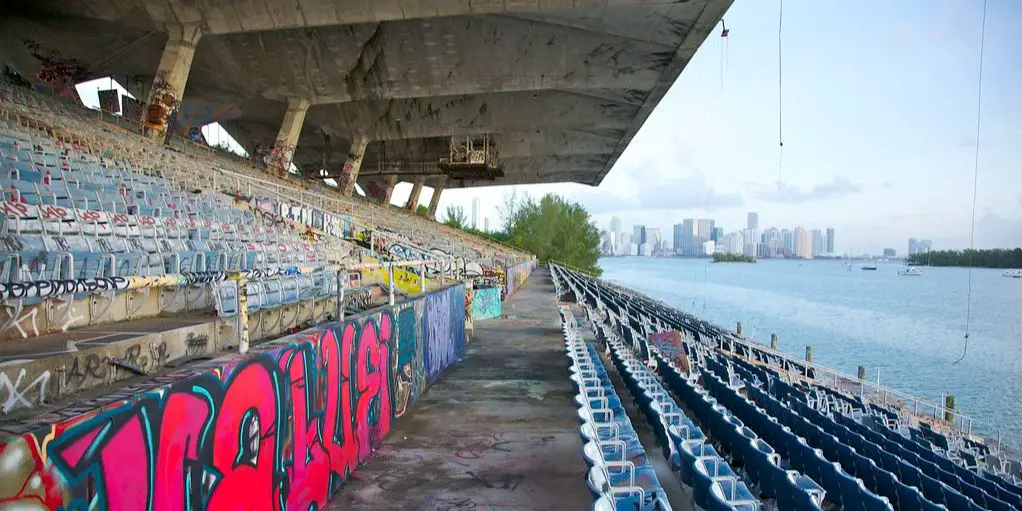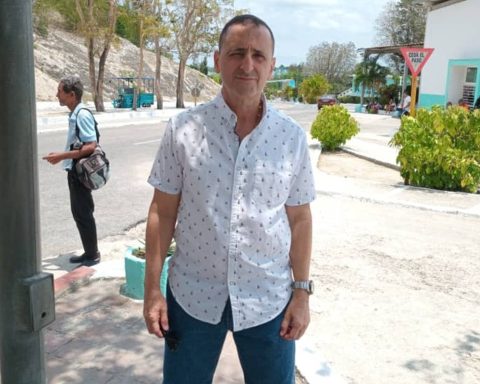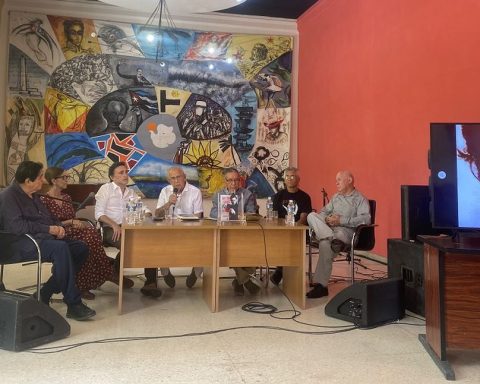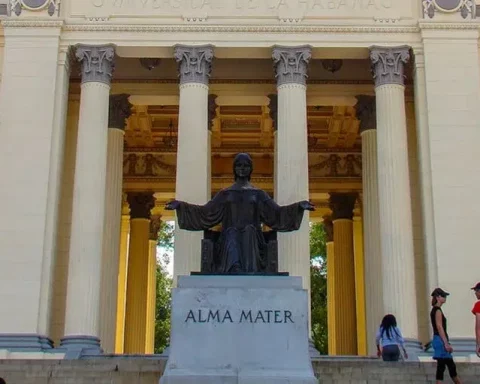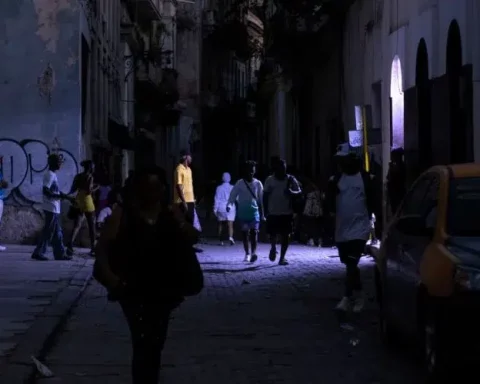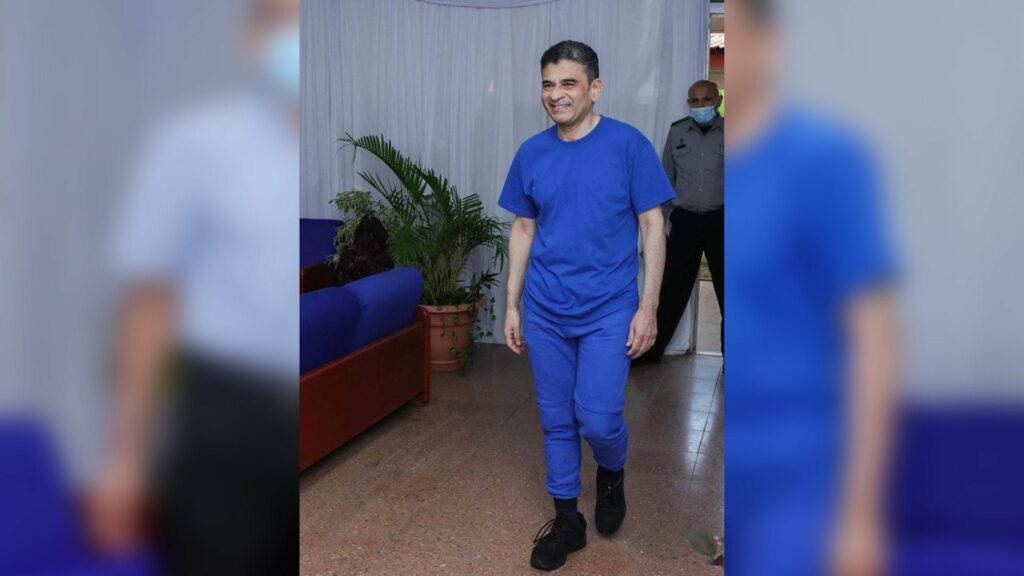MIAMI, United States. – The Miami Marine Stadium, an iconic work designed by the Cuban architect Hilario Candela in 1963, it has become a symbol of cuban influence in miami. In fact, according to art curator Rosa Lowingerthe stadium is “the most Cuban building in Miami.”
Despite being closed since 1992, the stadium has been the subject of numerous preservation and restoration efforts.
Located on Virginia Key, Miami Marine Stadium was originally designed to host aquatic events and speedboat racing. With a capacity of 6,566 spectators, the cantilevered reinforced concrete structure extends 326 feet above the water, offering panoramic views of Biscayne Bay. In fact, its innovative design and cantilevered structure made it a symbol of Miami’s modernity and tropical architecture in the 1960s.
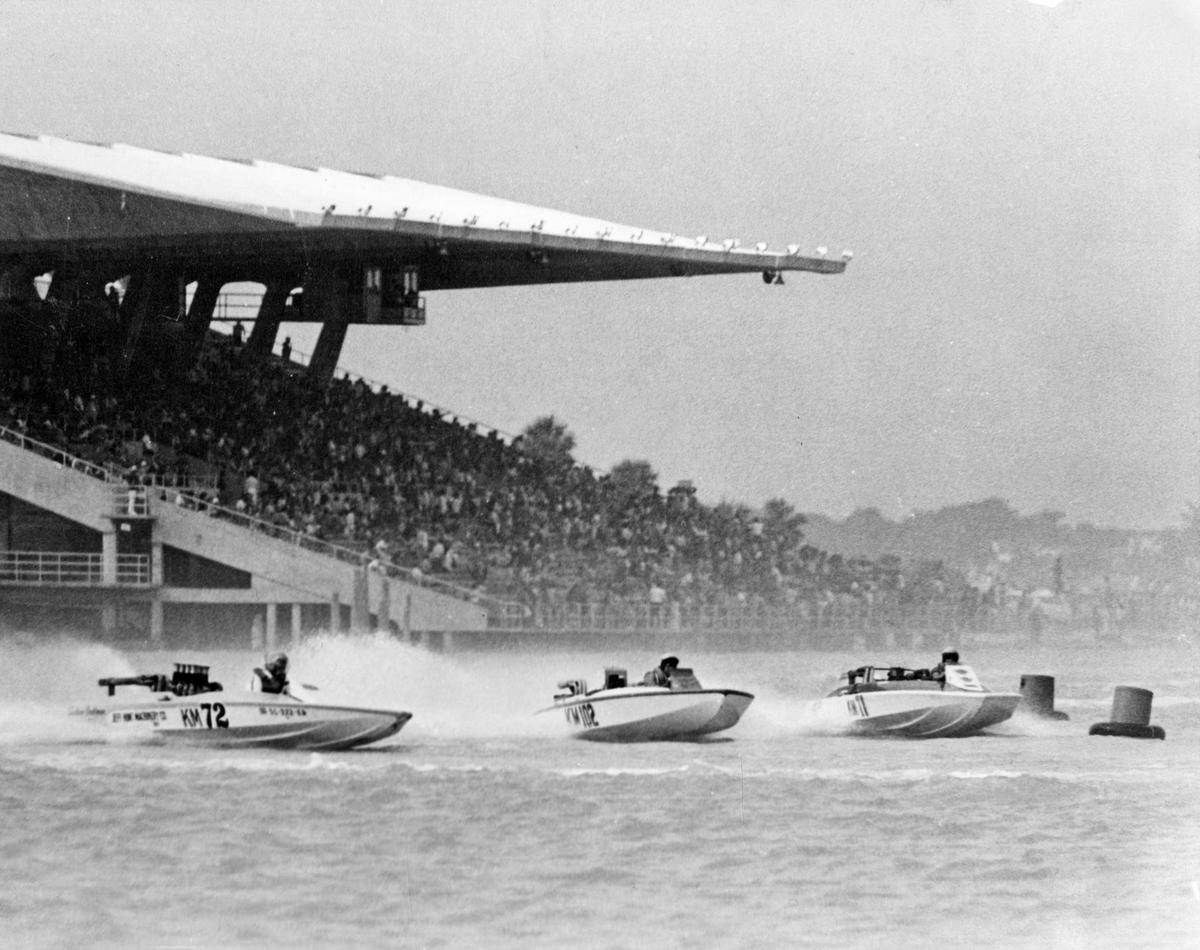
Hilario Candela, the Cuban architect behind the project, came to Miami as an exile in 1960. At age 28, he was commissioned by the city government to design the stadium. Miami Marine Stadium reflects the Cuban heritage of its creator, as well as the architectural style of the time.
The stadium was closed in 1992 due to damage from Hurricane Andrew and has remained inaccessible to the public ever since. However, in 2008, a group of preservation advocates, led by Donald Worth, founded Friends of Miami Marine Stadiuman organization dedicated to the restoration and conservation of the emblematic building.
Since then, Miami Marine Stadium has been the subject of numerous preservation efforts, including its listing on the “World Treasure” of the World Monuments Fund in 2010 and in the list of the “11 Most Threatened Places” of the National Trust for Historic Preservation, in 2009.
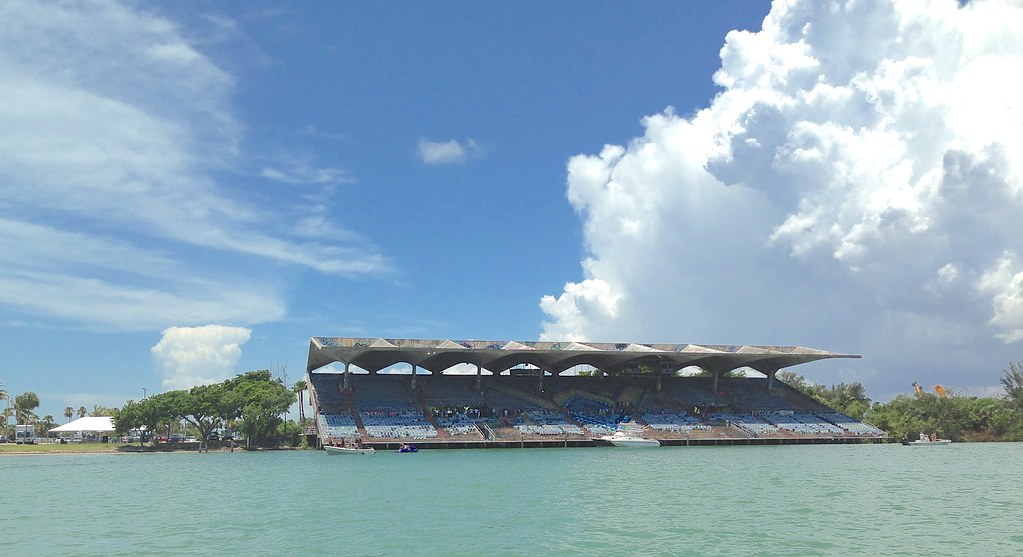
After years of planning and negotiations, the restoration of Miami Marine Stadium started recently. The works, led by architect Richard Heisenbottle, focus on maintaining the structural and aesthetic integrity of Candela’s original design, using modern and sustainable construction techniques. Notable changes include the installation of more comfortable and accessible seats, as well as improvements to the lighting and sound systems.
Various personalities and companies have contributed to the project, including Cuban-American singer Gloria Estefan, who donated half a million dollars in 2014. The Miami Boat Show has also promised to use the stadium for its events starting in 2023, ensuring a constant flow revenue for stadium maintenance and operations.
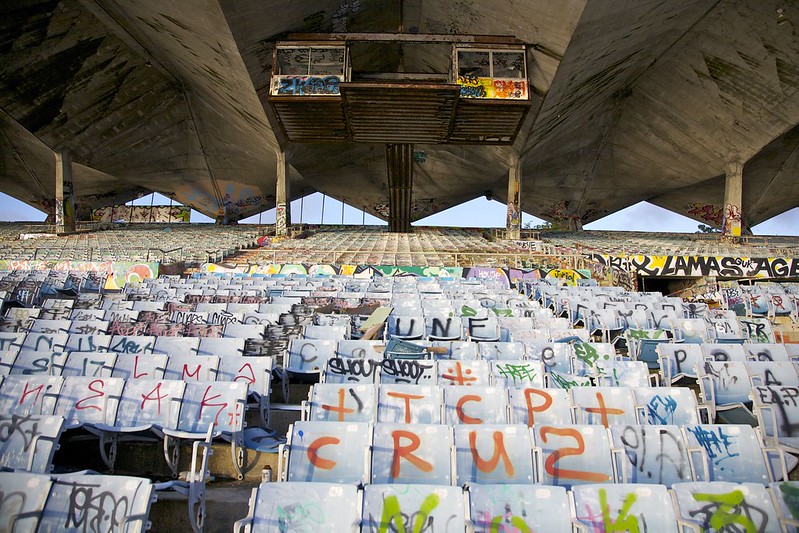
Miami Marine Stadium is scheduled to reopen in late 2023, ushering in a new era for this iconic site. With a mix of sporting, cultural and entertainment events, the stadium promises to once again be the center of Miami’s maritime and cultural life.
For many, the stadium is a reminder of the resilience and spirit of Cubans who came to the city in search of a better life, so its restoration would not only preserve an architectural landmark, but also serve as a tribute to the influence Cuban identity and culture in Miami.
